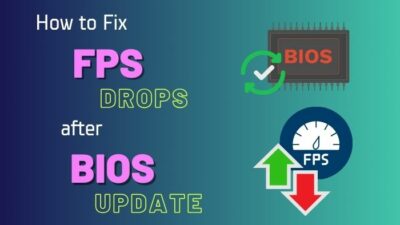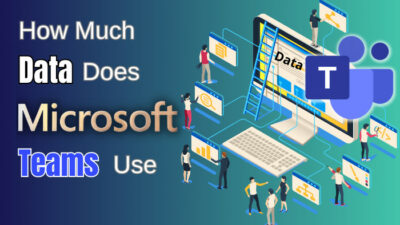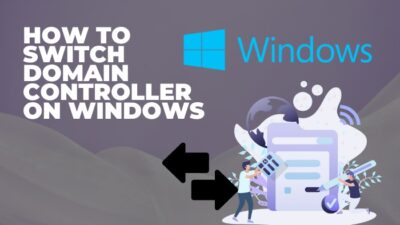Whenever you go to a website to download software, you will usually see two options: Windows and macOS. However, for some, you will also see a third option called Linux. Did you ever wonder why that exists?
Linux is an operating system similar to Windows and macOS, but there are some significant differences between them, completely changing the experience.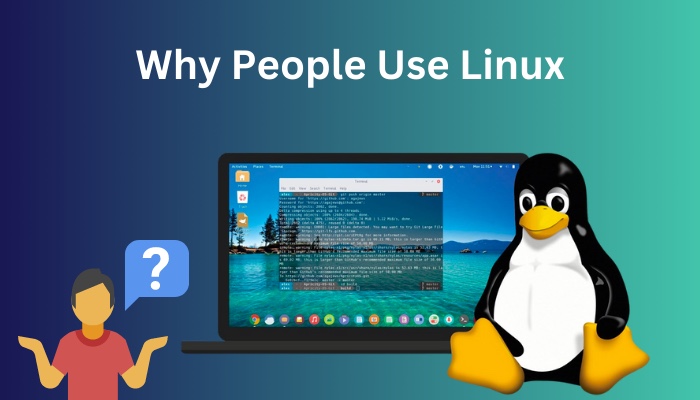
Since I have been using Linux as my primary OS for the past few years, I know pretty much everything there is to know about its functionality and benefits. After realizing that many people are unaware of its privileges, I decided to shed some light on it in this article.
So, if you are curious about why programmers and professionals use Linux, grab a cup of coffee, sit back and enjoy the ride.
Why Do People Use Linux?
Most people assume that Linux was introduced long after Windows and macOS were released, but this is incorrect. Linux was unveiled 10 years before the release of macOS and 6 years after Windows.
This means Linux has evolved longer than Apple’s OS and is just as reliable as the two operating systems. Then, why do only 2.48% of users use Linux?
That’s probably because Linux targets a specific set of users and is not meant for the general public, unlike its competitors.
Here are the reasons why people use Linux:
1. Endless Customization Options
If you are someone who is bothered by the scarcity of personalization settings in macOS or Windows, you need to try Linux.
The latest versions of both Windows and Mac only allow you to change the wallpaper and accent colors when it comes to personalization, whereas Linux enables you to personalize every aspect, from the desktop environment to dock positions to animations.
Just changing the Desktop Environment can completely transform your Linux because it’s the main graphical user interface (GUI) of the OS. In fact, if you prefer, you can also choose to remove the GUI and use Linux from the command line interface.
That’s not all; the best part about Linux is that hundreds of Linux distributions are available. A Linux distribution is a unique operating system that is based on the Linux kernel but includes specific features that others lack.
Each Linux distro is personalized to suit a specific set of users, giving users complete flexibility over what to include in their OS. Some famous examples of Linux distros include Ubuntu and Linux Mint.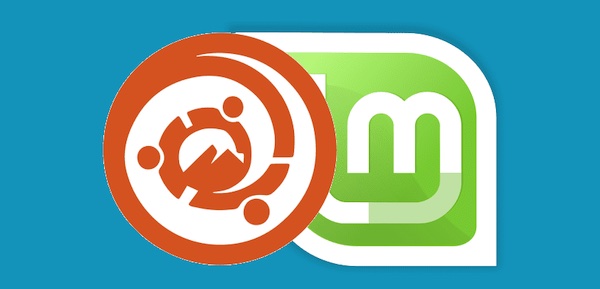
Personally, I love deepinOS and PopOS, but as I said, you can choose one that suits all your needs.
2. It’s Free!
Installing Linux is a total breeze because you don’t have to worry about any monthly subscription plans or anything to install it. Almost every Linux distribution requires you to pay 0 dollars.
That said, a few distros, like ZorinOS Pro, have a subscription plan, but there are free alternatives. Even if you decide to go for the paid OS, it will be significantly cheaper than macOS or Windows.
Apart from this, most Linux software is also free and open source. This means you save costs not just on the operating system but also when extending its abilities with external software. Keep in mind that you may find some software for Linux that is paid, but it’s rare.
3. Linux Is Open Source
If any of your friends are programmers, you must have heard them talking about open-source software. It’s a term that gets professionals and developers excited. Let me explain why.
Most of the software available on Windows and macOS is closed-source, meaning no one is allowed to see the code or make modifications to the software. However, this also means that the software may be able to collect user data and share it with other companies.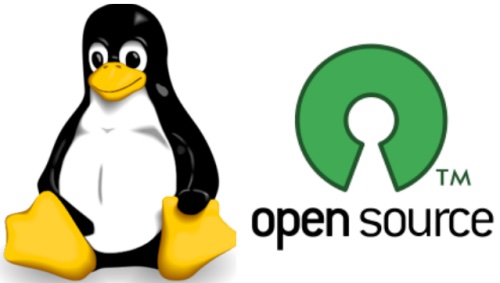
On the other hand, anyone can inspect the code of open-source software and create forks by modifying and adding or removing specific features. In fact, if you have the knowledge, you can also create a separate version of the software by looking at the existing code.
Since users are free to look at the code, no open-source programs track user data, which is why it’s so popular.
This is one of the main reasons why there are so many Linux distributions available. It’s basically the work of developers who forked, modified and added certain features to another stable distro.
4. Enhanced Security and Privacy
Windows and macOS have come a long way in terms of security, especially after Microsoft introduced the new Windows Defender and macOS unveiled FileVault 2.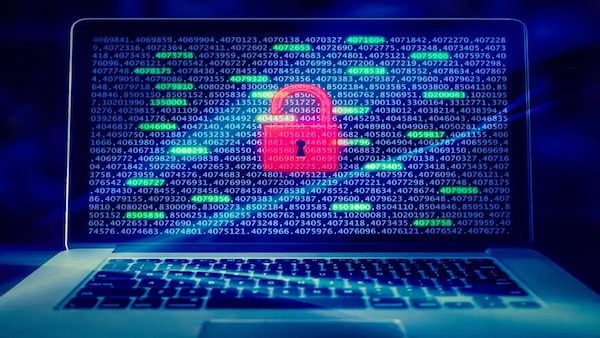
However, after installing numerous closed-source third-party software, your data is still being sent to companies you never heard about. There is no possibility of this being a concern in any Linux distro.
Moreover, if security is a major concern for you, you have the flexibility to choose a distro that is privacy focused, like Kali Linux.
5. It’s Lightweight
Windows and macOS are ‘bloated’ operating systems. This means that it’s filled with software and features that you will probably never use. You may use one or two of the preinstalled software, but most users prefer alternatives.
As a result, those OSs consume a lot of space, both in RAM because numerous unnecessary processes are running in the background, and in HDD, because of the accumulated space from unneeded applications.
Most Linux distro’s, however, come with very little built-in software giving you the flexibility of choosing precisely which software you need to be installed.
Yes, there are some distros that are bloated, but those are developed for users who want things pre-installed. Unlike Windows, you can choose alternatives that barely have anything installed.
This means that you have more space on your hard drive to store your personal documents and media, and your PC isn’t too strained because very few processes are running in the background.
This also makes it the perfect OS to install on PCs with old hardware, if you have any since Windows and macOS will lag on it.
6. You Can Boot Linux from a USB
Have you ever noticed how your computer boots up the operating system? When you press the power button, your computer will naturally check for an operating system in the Hard Disk and boot into it.
That’s how boot-up typically works. However, you can change this behavior with Linux by installing it on a portable pen drive and booting the operating system from the USB instead of the hard disk.
You have to change your computer’s BIOS boot order in order to do this, but once you do it, you will no longer need a hard disk to boot Linux.
So, what’s the point of doing this?
For starters, you can use multiple operating systems on the same PC. If you install Windows on the hard disk and Linux on a USB drive, you will be able to boot Windows when the USB is unplugged and Linux when the pen drive is connected.
Another benefit is that you can carry your Linux OS and all your personal files anywhere with that USB stick. Then, you can launch that OS with all your settings and data on any PC in the world by configuring the PC to boot up from the USB through BIOS settings.
It’s like carrying your computer with you without actually moving it.
7. Jobs Value Linux Knowledge
Did you know that almost all major companies, including Google and Microsoft, use Linux on their servers and desktops?
Since Linux is more reliable and stable compared to Windows or Mac and maintains its performance after years of use, it’s the preferred choice for storing extensive data on servers.
Over the years, cloud storage, supercomputers, edge computing and other various technologies have switched over to Linux for the same reason. This is why it’s the perfect time to learn and get used to Linux.
If you want to work in the IT sector sometime in the future, learning Linux is a great way to set yourself apart from the competition since more and more technologies have started to use Linux.
8. Incredible Support
The best part about Linux is that it’s not too tricky to get started with Linux, even for beginners. Linux has an incomparable online community with hundreds of forums.
If you are confused or want to learn something, thousands of active users will get back to you within hours, if not minutes. Each Linux distribution, like Linux Mint or Manjaro, has dedicated forums on its webpage, so getting help is easy.
Final Thoughts
Despite the fact that Linux has a surprisingly low number of users, you should try installing it as it’s becoming the primary OS for lots of new technology. As I mentioned, you can get help with its installation by asking some questions in the proper forums.
I switched to Linux years ago, and it was because of its low resource usage. If you plan to do the same, I’d love to hear your reason in the comments below.

